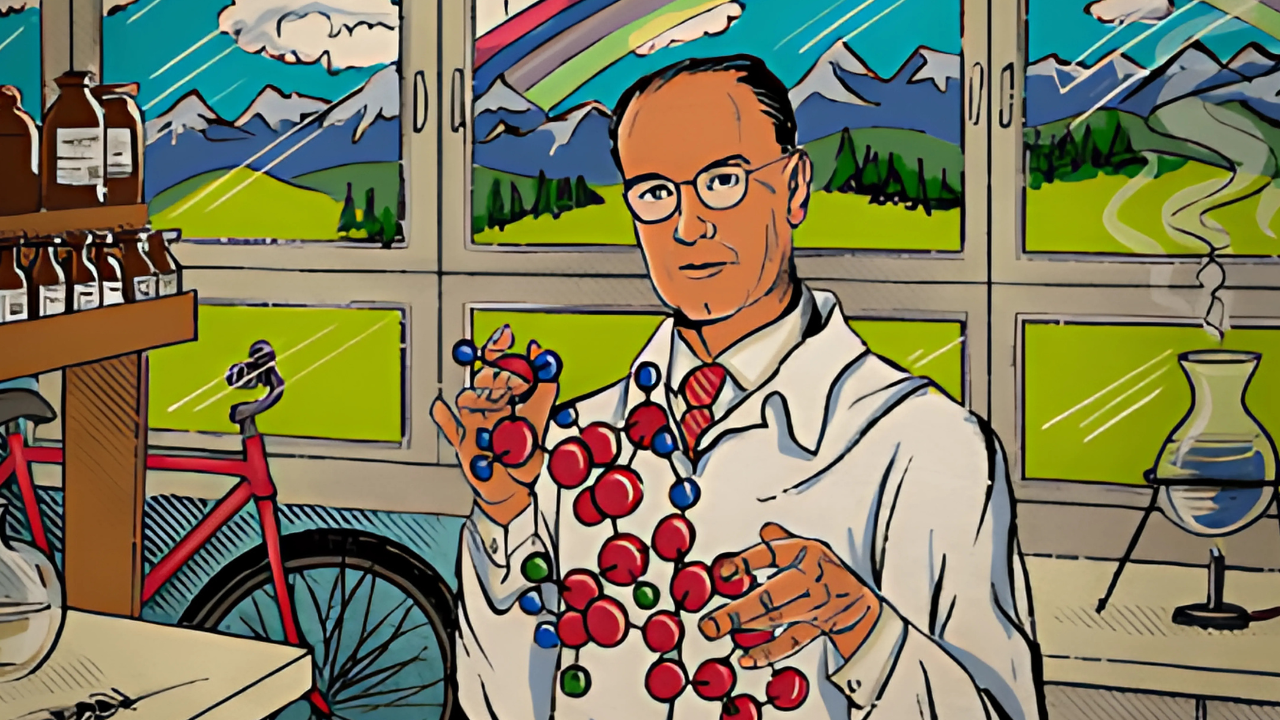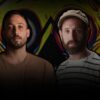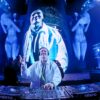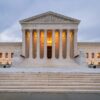On April 19, 1943, Swiss chemist Albert Hofmann intentionally ingested 250 micrograms of LSD (lysergic acid diethylamide) without any context or preparation. At the time, even he believed it to be a small, threshold dose. Instead, it turned out to be about ten times higher than what most modern trip guides would consider safe. He embarked on what is now known as the first intentional acid trip, famously commemorated as “Bicycle Day”, and did so in the middle of a workday, riding his bike home through the streets of Basel, Switzerland.
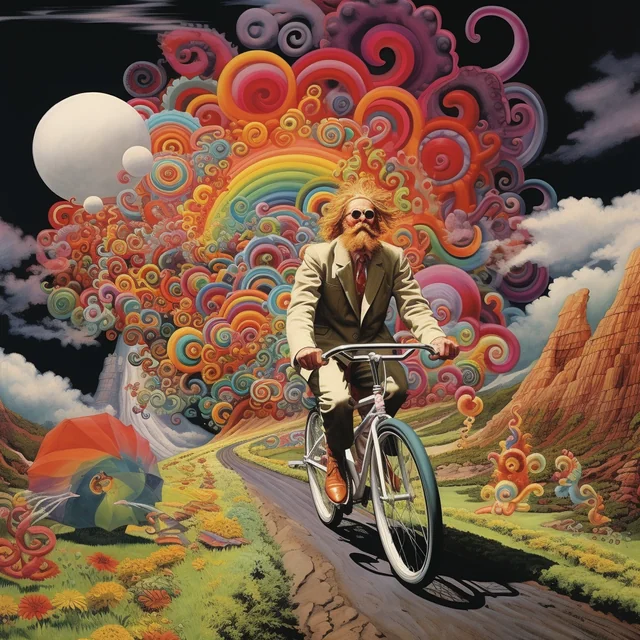
Because Hofmann lacked any framework, no music, no trip-sitter, no intention-setting, he found himself overwhelmed and frightened. He initially feared he had been poisoned and believed he was losing his mind . He described perceiving the world as if seen through a curved mirror and feeling disconnected from his body. Despite the intense terror and disorientation, once his doctor arrived and confirmed his vitals were normal, his fear shifted. He began to appreciate kaleidoscopic visuals and a sense of profound well-being, awakening the next day feeling renewed and close to clarity .
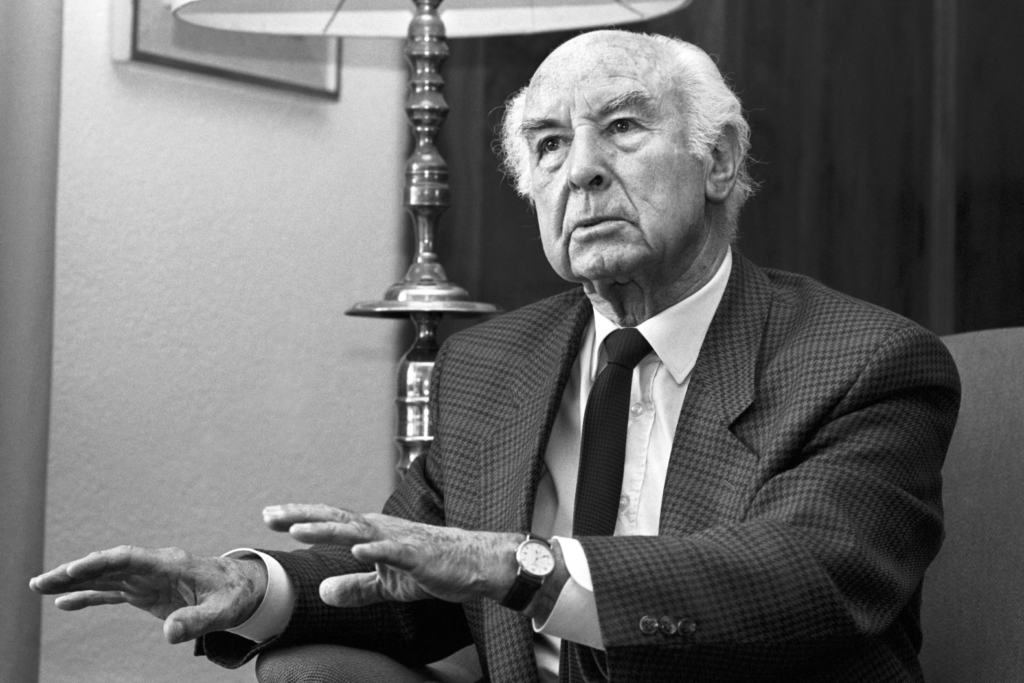
Today, recreational users generally take between 100 to 150 μg, a range considered manageable and controllable. Clinical and spiritual practitioners may use slightly higher doses—around 200 μg or more, but always within a structured setting. LSD doses above 250 μg mark a transition point where experiences can become either profoundly mystical or chaotically overwhelming .
Scientific studies show that doses between 100 and 200 μg reliably produce significant effects such as time distortion, enhanced emotional and musical perception, vivid visual changes, and a loosening of ego boundaries (sometimes called “ego dissolution”) . At the threshold Hofmann took, at 250 μg, such effects could intensify dramatically, bringing not just vivid visuals and altered consciousness, but also anxiety, paranoia, and a sense of losing control .
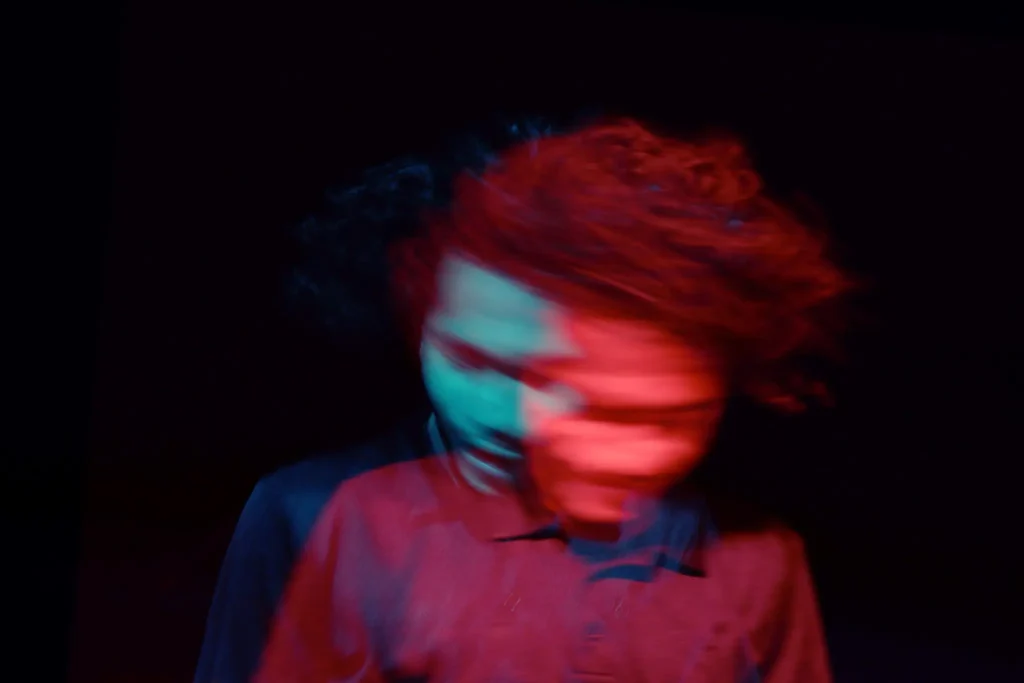
So how intense and potentially dangerous was Hofmann’s trip? Without any reference or guidance, a 250 μg dose was traumatic by modern standards. Riding his bike alone after such a dose proved overwhelming and earned its legendary status, yet he survived without harm. This pioneering experience opened the door to psychedelic research and shaped the way LSD is approached today.
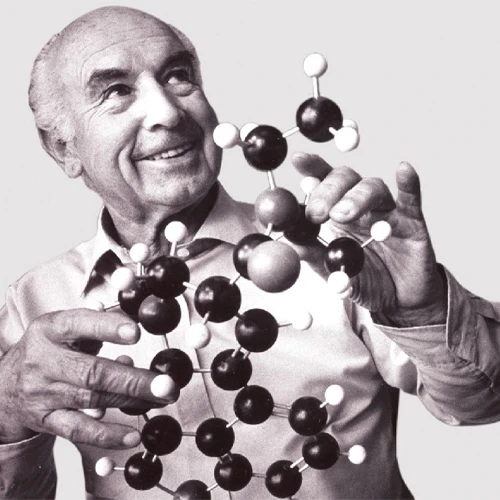
If you asked whether a modern user would survive that first trip, the answer is likely yes, physically, most would, but emotionally it would be startlingly intense. With intention, preparation, music, and careful dosing, today’s trippers experience profoundly different journeys, often more balanced, sometimes mystical, but rarely unsupervised and chaotic.
Sources
- The Origins article provides historical background on Hofmann’s discovery and the events of April 19, 1943.
- The Swiss National Museum blog describes the timeline of Bicycle Day and Hofmann’s firsthand account.
- The University of Victoria‘s educational piece outlines LSD’s psychological effects and historical impact.
Reference Links:
Follow EDM Army
Instagram
